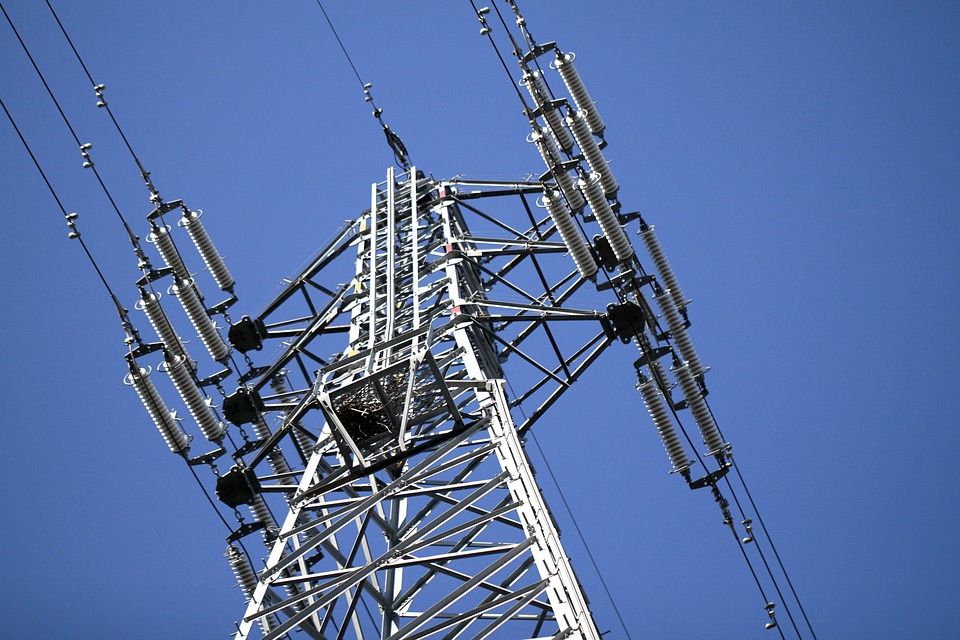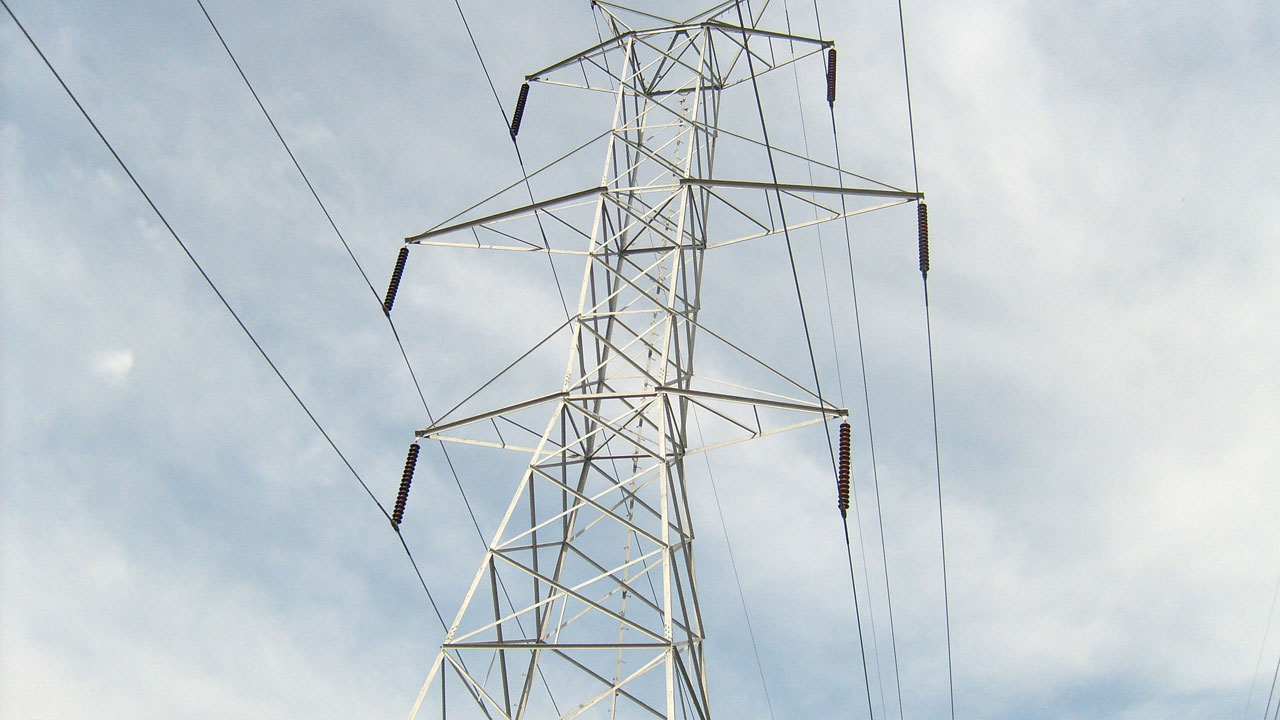Power Line: Overhead Vs Underground Power Line
Power lines are thick cables of wires from the power source. They are the one that do connect buildings and some other structures to the main power lines. This is very common especially in a populated area in many parts of the world with the power line suspended across poles and buildings.
In this write up, we are going to be considering the overhead power line and the underground power line, the differences between them, the advantages and disadvantages of each of them.
 Power line
Power lineOne of the discouraging part of overhead power line installation is that despite that it looks messy, when natural disaster like tornado and hurricane strikes, it is one of the first thing that is attacked. In some instances, outage of power can be caused by strong winds, falling Poles and falling trees. With this, wouldn’t it be sensible to consider underground power system as the best option?
In contrast to overhead power line, installation of underground power line is very challenging due to the fact that for an underground installation to be achieved, ground has to be dug. Whether soft ground or hard ground (which could take forever to be dug), a lot of money will be awarded for this. This accounts for the reason why underground power installation is very rare and more expensive than the overhead installation.
Rain indirectly affects underground installation because when it rains, it can sweep sharp object or rock into the ground through underground open space. When this object sinks a bit deeper into the ground it could partially or completely cut the cables in the ground. This will result into power outage. In a situation where the power line covers like 4.5mile, I don’t think it would be easy to locate the exact point where the cable is cut.
Besides, when small animals are trying to pass through the ground similar thing could happen. This is because as the small animals are trying to pass through the ground, they ended up getting through the wire insulation and when this happens, it will be very difficult to find the tiny bit of the missing insulation for repair because of the distance at which the power lines cover (let say it cover 5miles). So, to fix this will be a great task.
The capacitive effects of an underground cable are 75times compared to overhead power line. The more the transmission lines, the more the current needed to overcome the capacitive effect, which in turn lowers the current capacity that will be needed for power transmission. Therefore, length of an underground line mustn’t be too long for it to be effective.
Besides, to have the same power transmission capacity as overhead lines, then the underground lines must be thicker than the overhead lines. This account for why high voltage DC is required for underground power transmission.
 Overhead power line
Overhead power lineAs a result of the fact that underground lines don’t shed heat like the overhead counterpart, therefore it will be difficult for the underground power line to carry the same amount of current like the overhead lines. Also, it is easier to add more capacity of load to overhead line than the underground line.
Some European countries prefer underground power line to overhead lines because they believe it is safe and plausible and that ice, tree damage, pole damage and wind doesn’t affect underground power line. Also, they suffer less vegetation or weather related outage. In conclusion, underground lines are liable to lightning and flooding
Although clean look of the sky and buildings free of hanging cables of power lines are achieved by underground power lines. Power outage is not common with underground power line, but the cost of constructing it and that of maintaining it is very discouraging.
good write-up. Did you forget to include references or what?
Thanks.I forgot to include the reference but I
will do that now.
@gentleshaid, It has been done.
To conclude on the best form of installation to be used, either overhead or underground installation, the safety of lives and properties must first be considered, as safety in all ramifications is non-negotiable. As we all know, high power tension wire is very dangerous, it kills instantly if it should fall on someone accidentally, but underground installation is better if electrical wires are passed through proper insulating materials and if good maintenance policy is put in place. This is a good post to be shared, therefore, I will resteem this post.
@oluwabori, You are very correct with your contribution.Thank You
Being A SteemStem Member